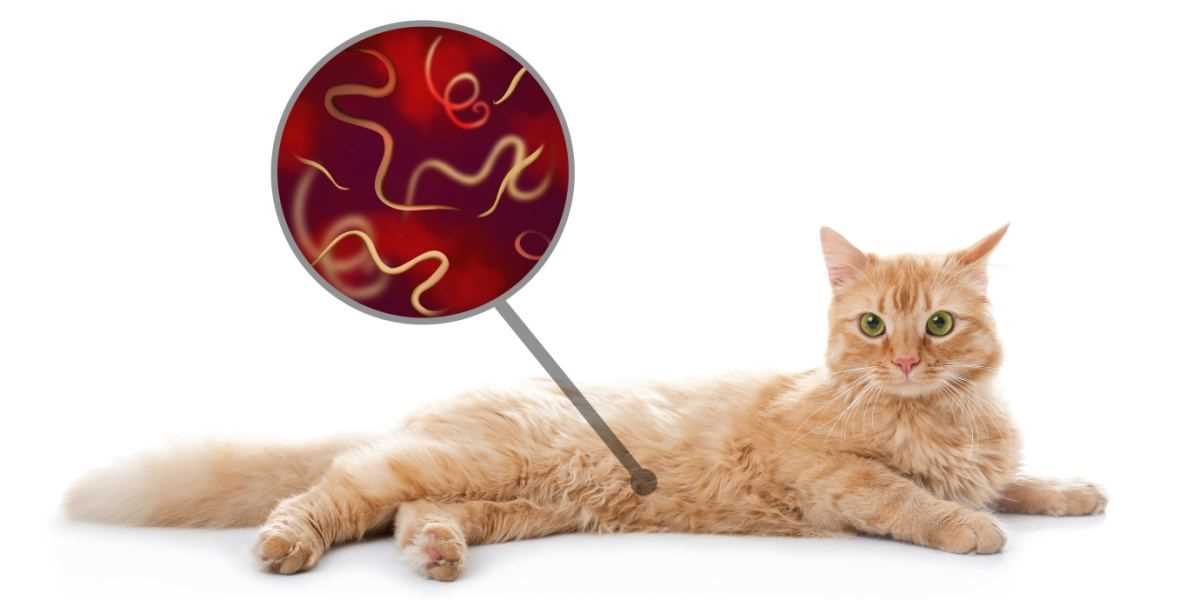



For a Scottish Fold like me, it’s crucial to ensure that I’m not left unattended for extended periods. Generally, adult felines can manage a maximum of 24 hours without human interaction, but it’s always better to aim for shorter durations. If my human plans to be away for longer, arranging for someone to check in is key.
Young ones, such as playful kittens, require more attention and should typically not be left unsupervised for more than four to six hours. They thrive on social interaction and need regular feeding and playtime to develop properly.
Before any departure, my human should prepare a safe environment with sufficient food, fresh water, and engaging toys. A little planning can make all the difference, ensuring I stay happy and healthy while they are out and about!
Optimal Time for Feline Independence
I suggest that adult felines can manage a stretch of up to 24 hours without human interaction, provided they have access to food, water, and a clean litter box. For instance, a well-prepared environment with ample resources ensures their comfort.
For younger ones, the scenario shifts. Kittens require more attention and should not be left unattended for more than 4 to 6 hours. Their need for socialization and safety is paramount during these formative days.
Here are some tips to enhance their experience during your absence:
- Ensure fresh water is available at all times.
- Provide sufficient food, preferably in small portions to avoid spoilage.
- Set up interactive toys to keep them engaged.
- Consider leaving a cozy blanket or item with your scent to comfort them.
For hygiene, using the right soap for cats is recommended to maintain their cleanliness, especially if they are prone to messes. This helps in keeping their living space fresh and healthy.
Felines thrive on routine, so try to maintain a consistent schedule for your departures and arrivals. This builds their confidence and eases any anxiety associated with solitude.
Understanding the Independence Levels of Adult Cats
As a seasoned Scottish Fold, I thrive in my independence. Adult felines generally possess a self-sufficient nature, allowing them to manage well in solitude. On average, I can handle a full day without much fuss, especially if my needs are met beforehand.
Here’s a breakdown of how different factors influence our ability to be alone:
| Factor | Independence Level | Details |
|---|---|---|
| Age | High | Adult cats, especially those over 2 years, can be left for longer periods compared to younger ones. |
| Personality | Varied | Some of us are more social and prefer companionship, while others enjoy solitude. |
| Environment | Moderate to High | A familiar and safe space allows greater independence. Access to resources is crucial. |
| Health | High | Healthy adults manage well alone; any health issues may require more frequent attention. |
| Stimulation | High | Toys, scratching posts, and windows to watch the outside world help keep boredom at bay. |
In conclusion, many of us can thrive in solitude, but ensuring our comfort and entertainment is key to maintaining a happy demeanor. Always provide plenty of resources before stepping out!
Assessing the Needs of Kittens Based on Their Age
For kittens under four weeks, a caregiver’s presence is crucial. They rely on their mothers for warmth, food, and comfort. If separated, feeding every two hours with a kitten milk replacer is necessary.
Four to Eight Weeks
At this stage, socialization becomes important. Exposure to different sounds and gentle handling aids their development. They can be left for short periods, around two to four hours, but interaction should occur frequently to build their confidence.
Eight to Twelve Weeks
Independence increases. Kittens can tolerate being unattended for up to six hours. Providing engaging toys and a safe environment is essential. They need playtime to develop motor skills and get accustomed to their surroundings.
Creating a Safe Environment for Alone Time
Ensure a secure atmosphere by following these guidelines:
- Remove hazardous items such as cleaning supplies, small objects, and cables that could pose choking risks.
- Secure windows and balconies to prevent accidental falls; screens should be intact and firm.
- Designate a cozy area with a comfortable bed, blankets, and toys to promote relaxation.
- Provide fresh water and sufficient food, using automated feeders if necessary to maintain a consistent schedule.
- Use cat-proof litter boxes, ensuring they are easily accessible and cleaned regularly.
- Keep plants out of reach, as many common houseplants are toxic to felines.
- Consider using calming products, such as pheromone diffusers, to reduce anxiety during solitary periods.
These steps promote tranquility and safety, making time spent in solitude more pleasant for your furry companions.
Preparing Your Feline for Extended Absences
Before my humans head out for a while, they ensure my surroundings are comfy and safe. It starts with providing ample food and fresh water, usually in automatic feeders and water fountains. This way, I can munch whenever I feel like it.
Next, they set up engaging toys. Interactive puzzles and treat dispensers keep my mind sharp and my paws busy. A cozy spot near a window allows me to soak up the sun and watch the outside world, which is a great distraction.
Health Checks
Regular health checks are vital. My humans make sure I’m up to date with vaccinations and have no underlying issues that could surface during their absence. A quick visit to the vet reassures them I’m in tip-top shape.
Comfort Items
They place my favorite blanket or a piece of their clothing in my space. Familiar scents provide comfort and reduce stress. A second litter box is set up, just in case I need to go while they’re away, ensuring I won’t feel uncomfortable or anxious.
Finally, they prepare for emergencies. They keep contact info for a trusted friend or pet sitter handy, just in case I need extra care. My humans are smart–like me! If you’re curious about how to handle other tasks, check out this link: can I wash a car with an electric pressure wawher.
Signs Your Cat is Distressed While Alone
Isolation can lead to noticeable changes in behavior. If I start pacing or meowing excessively, it’s a clear sign that I’m feeling anxious. My human should pay attention to these vocalizations, as they often indicate distress.
Another behavior to watch for is destructive actions. If I begin scratching furniture or knocking things over, it suggests that I’m not coping well with solitude. This is my way of expressing frustration or boredom.
Changes in appetite can also signal discomfort. If I suddenly refuse to eat or drink, it might mean I’m stressed about being on my own. Regular monitoring of my eating habits helps to understand my emotional state.
Physical Symptoms of Distress
Physical signs like excessive grooming or hiding can indicate that I’m overwhelmed. If I’m grooming myself obsessively, it may be a coping mechanism for my anxiety. Likewise, if I retreat to dark corners, it’s a strong hint that I feel unsafe.
Additionally, if I exhibit signs of aggression toward my toys or even my human upon their return, it could mean I’ve been feeling lonely and frustrated. Recognizing these behaviors can help in addressing my emotional needs more effectively.
Alternatives to Leaving Feline Friends Alone for Long Periods
Engaging a pet sitter is a fantastic option when extended absence is unavoidable. These professionals provide companionship and care, ensuring all needs are met. Choose someone experienced with feline behavior to minimize stress.
Another great idea is to arrange a playdate with a trusted friend or neighbor who shares your love for pets. This not only keeps boredom at bay but also allows for interaction, which is vital for emotional well-being.
Automated feeders and water fountains can be lifesavers. They ensure timely meals and fresh hydration, so your furry buddy stays nourished while you’re away. Just remember to set them up in advance and test them out!
Cat Cafés and Boarding Facilities
Consider visiting a cat café or a boarding facility if social interaction is what your companion craves. These spaces often provide a fun environment where they can mingle with other felines and receive human attention. Research local options to find a place that aligns with your standards.
Interactive Toys and Enrichment Activities
Invest in interactive toys that stimulate both the mind and body. Puzzle feeders or treat-dispensing toys can keep them occupied for hours. Rotate toys periodically to maintain interest and excitement.
Creating a cozy nook with climbing structures and scratching posts can also enhance their environment. Elevation points provide a sense of security and a great view for observing their surroundings.
With these alternatives, your whiskered companion will remain happy and engaged while you’re away. Prioritizing their emotional and physical needs ensures they thrive even during your absences.










